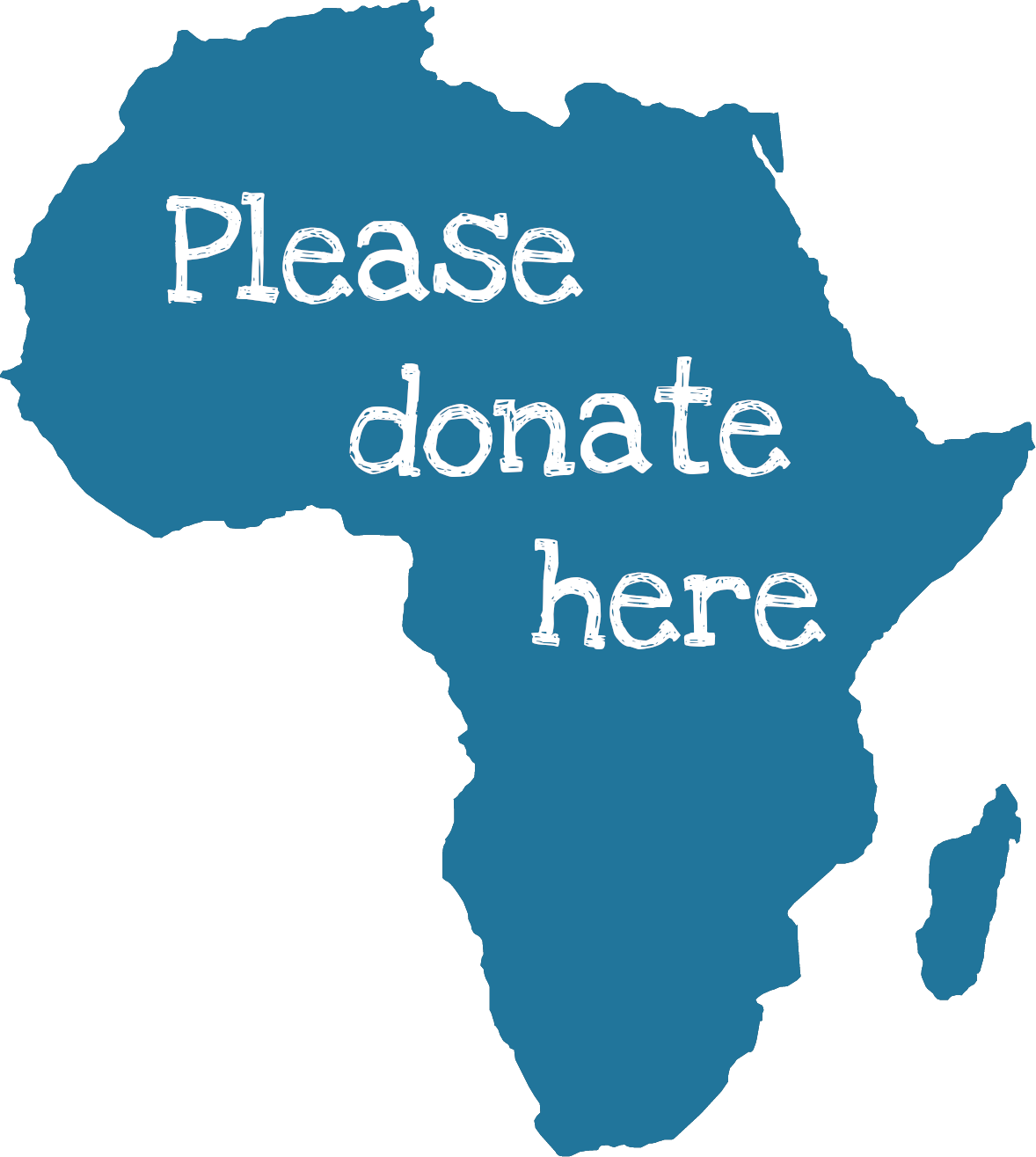Dr Towey has volunteered at St Mary’s Hospital Lacor, Gulu, Uganda since 2002 (part time since 2008). He had previously been in Tanzania for 8 years.
St Mary’s is a not for profit, church supported, general hospital of 476 beds in northern Uganda. For many years it has had a small four-bed Intensive Care Unit near the operating theatre, which was upgraded to an eight-bed unit in 2005. It is a teaching hospital for anaesthetists, medical students, nurses and laboratory technicians and it is attached to Gulu University Medical School. The majority of the patients are the rural poor and can come from remote areas up to 100 miles away from Gulu.
Since 2002 Dr Towey has been involved in the training of anaesthetic officers, nurses, and medical students. He is now a part time volunteer and is focusing on the development of the intensive care ward. As the reputation of the Intensive Care Unit in St.Mary’s Hospital Lacor has spread in Uganda Dr.Towey advises other hospitals in the area of how best to develop their own units to build capacity and improve surgical care for the most vulnerable patients.
Dr Towey writes:
‘Awach is an area of severe poverty in Northern Uganda, about 30 kilometres north east of St Mary’s Hospital Lacor. A health centre called ‘Awach Health Centre 4’ is based there. The Health 4 medical facility is the lowest facility which offers a surgical service and enables patients to receive surgery very close to their own homes, not requiring them to be transferred to a major hospital. This is a big advantage when a Caesarean section is required and time cannot permit a delay. Though most of these operations can be performed under spinal anaesthesia a good functioning anaesthetic machine is required when the spinal is not adequate or there are complications and a general anaesthetic is required.
Dr Simon Ojara is the Anaesthetist at the Health Centre. He is experienced and doing good work at Awach Health Centre 4 but does not have a working anaesthetic machine. The DPA02 machine is designed for use in such basic health centres and with this machine his work will be made safer and more secure. The DPA02 machine is the ideal simple machine for this situation as it can function even when there is no electricity present and requires very little servicing. As there is no functioning general anaesthesia machine in this facility Dr Ojara has to refer many patients to Gulu, 30 kms away. With a DPA02 machine he would be able to support more surgery at Awach’.
The DPA 02 portable anaesthesia system costs £3,344 to purchase. Any help you can give to help us purchase this machine would be very much appreciated.
The practice of intensive care is a very demanding speciality even in countries where the funding of healthcare is secure and the average income of the patients is high. The majority of the poorest countries in the world are in sub-Saharan Africa and most of the intensive care wards in this part of the world are in the large urban areas. However there is good evidence to show that the practice of a modified form of intensive care in the rural areas of sub-Saharan Africa in a low income country as Uganda is not only possible but effective even with limited funds. See link September | 2020 | Once the nurse to patient ratio is reduced, good monitoring obtained and the interventions of trained anaesthetists available then remarkable results can be obtained.
Over the last 20 years the support of African Mission to the intensive care ward to St. Mary’s Hospital Lacor has been very rewarding. The crucial areas are in the purchasing of second line antibiotics for patients in severe sepsis, special oxygen masks enabling high percentages of oxygen to be administered and central lines for patients in which peripheral intravenous access has become limited. Sometimes there are items which can only be purchased in Europe such as intravenous 3 way taps and ventilator viral filters and with the support of African Mission these items can be supplied and the smooth working of the ward then maintained. The good morale of a smooth working intensive care ward with rewarding good outcomes contributes to life saving practice throughout the whole hospital.
More recently as the reputation of St. Mary’s Hospital Lacor’s intensive care ward becomes better known we have been able to advise and support other hospitals in northern Uganda and South Sudan in improving both their anaesthetic practice and intensive care practice with equipment and items difficult to purchase. We thank our donors for giving us the capability to provide this example and outreach.



